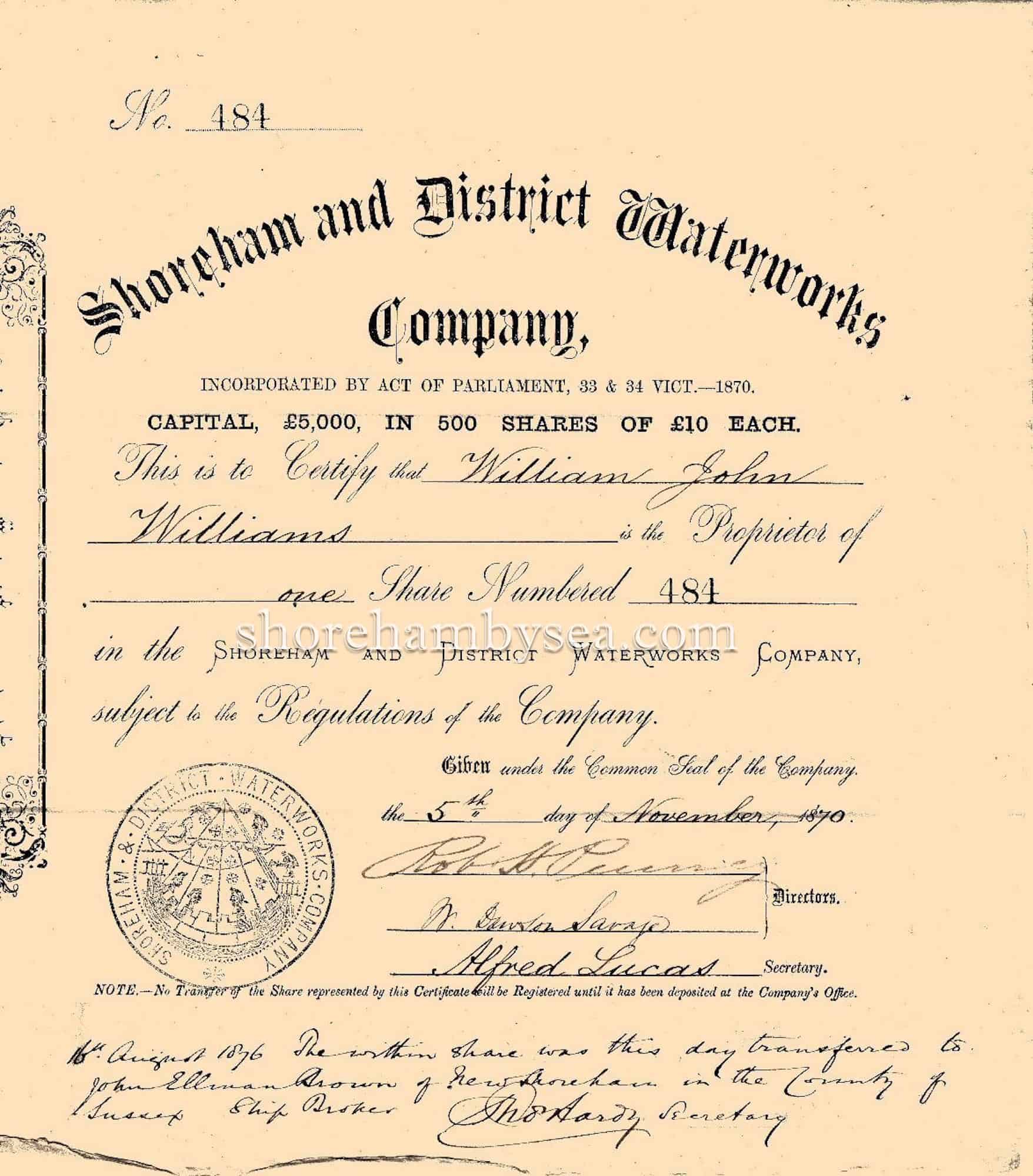Kelly’s 1958 – High Street properties
Crash of G-AKXO March 1964
Friday 13th March 1964: A light aircraft recently departed from Shoreham Airport crashed into a tree and the front garden of a house, 77 Buckingham Road, Shoreham. Both occupants of the Tiger Moth aircraft died either at the scene or en route to nearby Southlands Hospital. The deceased were pilot, Colin Barrett (23) of Hove and passenger Harold Ginn (33) of Brighton.
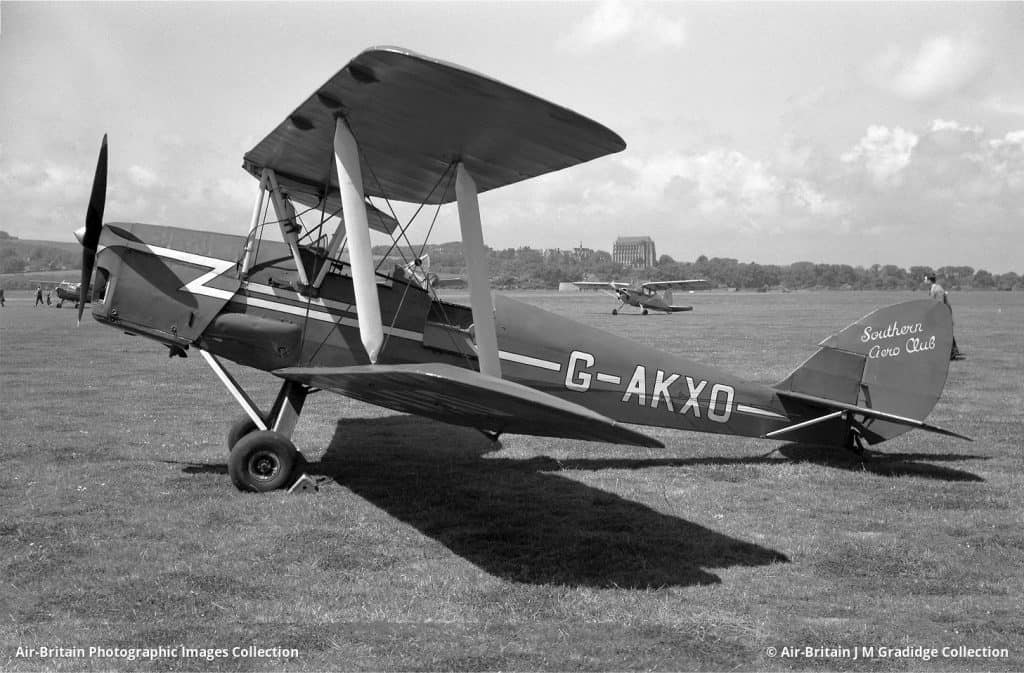
Cinemas in the early years
For a town that has no purpose built cinemas it is interesting to chart the history of cinemas from 1910. There were never more than three cinemas at any time in the last 100 years and all have disappeared except one – hiding in the guise of a goods store of a High Street shop.
Bijou Cinema, High Street, Shoreham 1911-1931
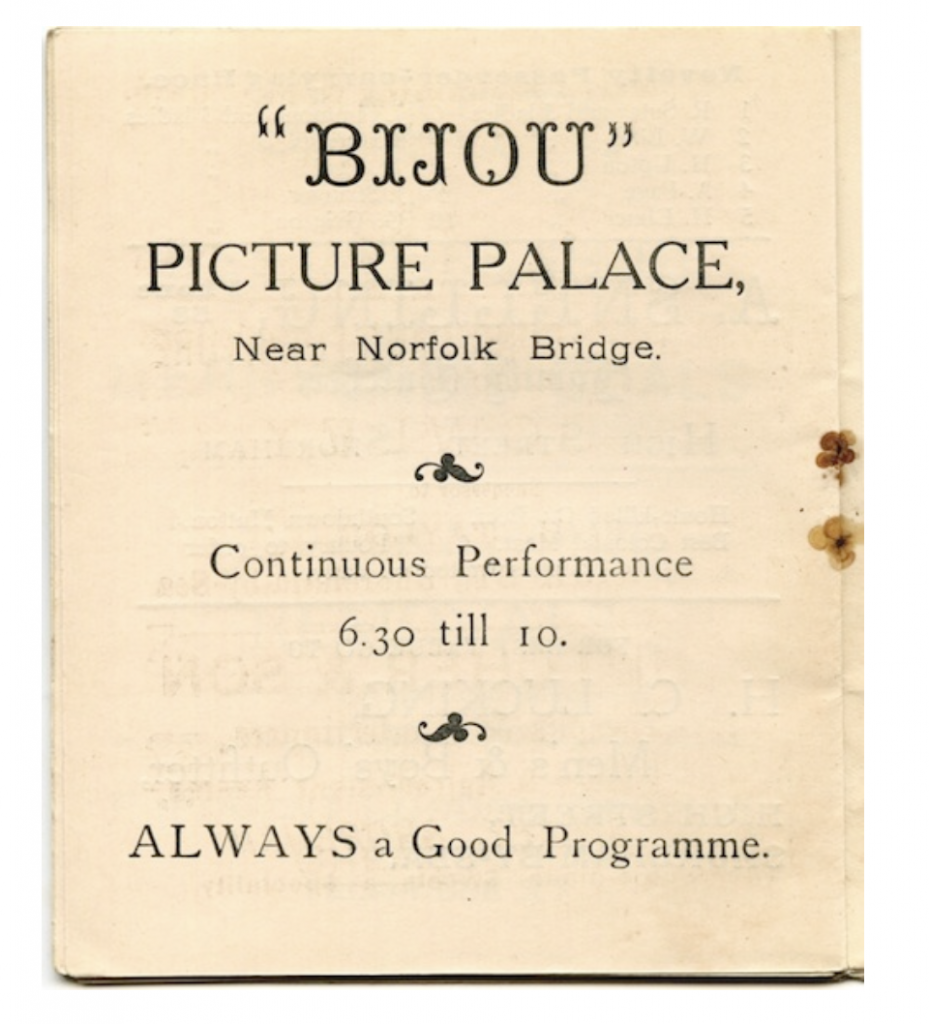
The Bijou Electric Empire was opened in June 1911. It was built as a garage behind the old shipyard. It was a wooden building with a corrugated -iron roof and an earth floor.
By 1925 it was operated by Sussex Picturdrome who also operated the Duke of York’s Cinema in Brighton and the Bijou Electric Empire was re-named Duke of York’s Cinema. The Bijou entrance had a painting on the ceiling, it depicted some Cowboys chasing after some Red Indians. There was a piano by the screen, and the pianist accompanied all of the films, the floor at the front was covered in peanut shells and orange peel. There was also a large spitoon. The full name of the Cinema was Bijou Electric Empire.
It was closed on 5th August 1931 when it was completely destroyed by fire.
Continue reading “Cinemas in the early years”Osman Pacha – The last Shoreham built square rigged ship
Article written by Ken Wilcox
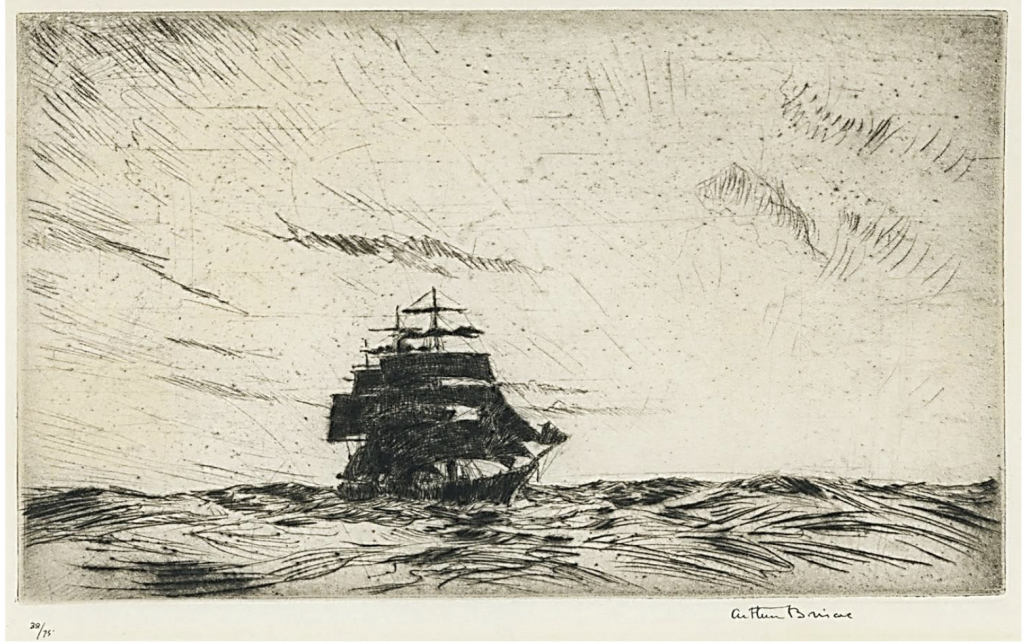
Introduction
By the latter half of the 19th century the continuing industrial revolution in iron and steam shipbuilding had resulted in the decline of large wooden commercial ship construction. However from 1880 to 1890 the British and Commonwealth Merchant fleet still made up 50% of the world`s sailing ship tonnage and when steam ships were also considered then the combined fleet constituted some 60% of the world`s registered tonnage. Britain would remain the world’s principal maritime nation until the end of World War II. It is into this climate of maritime dominance the Osman Pacha was launched on a spring tide in February 1878. The launch marked a watershed in Shoreham`s long commercial and naval ship building history which had been one of the most important economic elements of the port’s activity since the mediaeval period. As the new century dawned the artisan`s skills turned to smaller recreational yacht building and the memories of Osman Pacha ebbed away……
Continue reading “Osman Pacha – The last Shoreham built square rigged ship”War beyond Shoreham Camp
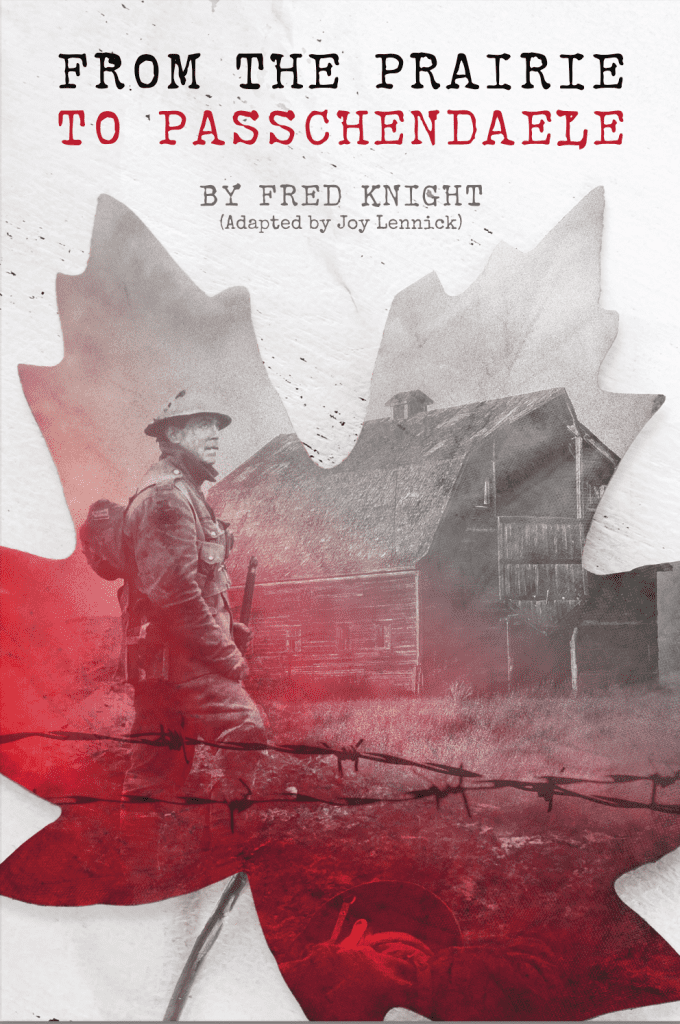
The attached extract is from a book originally written by Fred Knight who was an ordinary soldier in the Canadian armed forces during WW1 and my grandfather. He was billeted close to Shoreham so his story compliments the information regarding the camp.
I had always been immensely proud of my grandfather who had fought bravely in WW1 and was therefore overjoyed when I was informed that a lost draft of his life story had been found and published by my cousin Graham.
While I found reading about his adventurous life a real pleasure, I was completely surprised to discover that he was billeted in the camp at Shoreham where I have lived for the past 25 years. He had talked fondly of his time in the area prior to being sent to France and so I am very pleased to have extracts from his WW1 soldering experiences placed on the Shoreham history website close to the information about the camp.
Brian Knight 2021
Continue reading “War beyond Shoreham Camp”Middle Road Secondary School 1936-1992
– the new school photographs and plans in 1936 with reminiscences of former pupils from the 1940’s to 1990’s
Built in 1936 on a five-acre site in Middle Road, Kingston, where the recreation ground is now but then in land that had largely been used as fruit orchards and nurseries by the Cook’s Jam Factory in Dolphin Road. Initially opened as a boys’ senior elementary school for 360 pupils it included a number of unusual features (for those days) in both design and construction. It was built of reinforced concrete and flat roofs to allow for future extensions to be placed on top of the ground floor building and enabled wider spans for rooms that, with the large Crittall windows also installed gave pupils and teachers a bright and spacious environment.
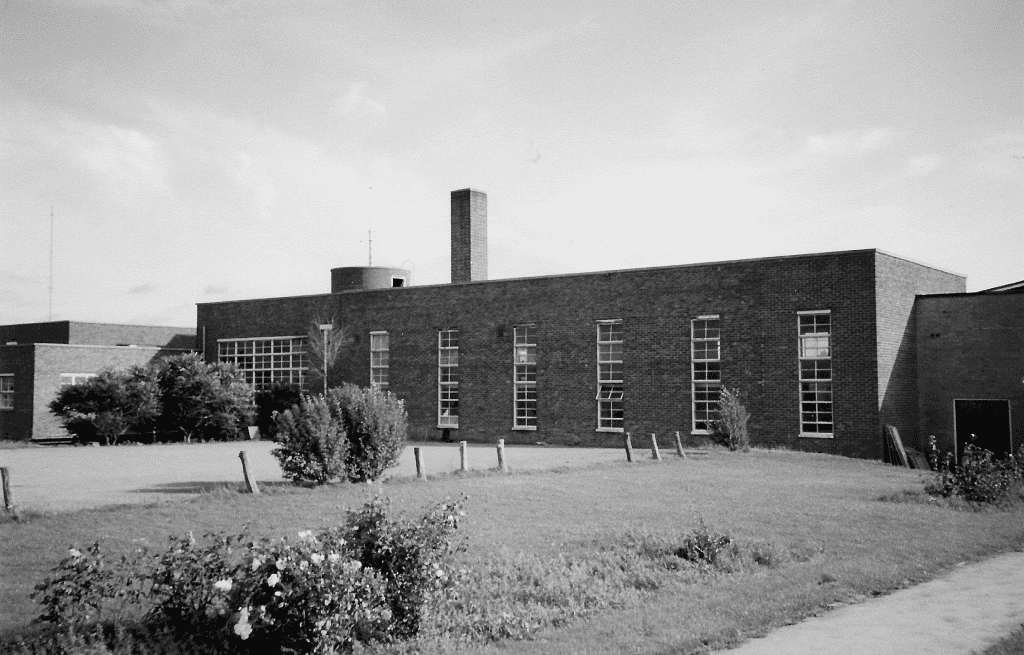
1870 Waterworks Share Certificate
Sea Captains’ Mutual Benevolent Society Insurance 1853
An historically important document recording the signatures of those Shoreham Master Mariners who took out insurance and assurance cover prior to their voyages. Each were indemnified for up to £40 against loss of their nautical instruments, charts and clothes and a full £40 in the case of their death payable to the widow or nearest relative. Shoreham born Thomas Brown Kirton of Queen’s Place who wrote and signed the front page conditions of the document was himself a shipowner.
The year 1853 could be misread as 1833 but has been discounted as many of the ships named were not built until after the latter. Some entries only show the year but a few do include a date – were these the date the ships were due to sail or just when they were added to the policy? In the case of James Francis of the War Hawk it had to be near the maiden voyage as the date entered was only six days after the launching!
Continue reading “Sea Captains’ Mutual Benevolent Society Insurance 1853”A Southwick Quaker
Early Memories of a Southwick Quaker
A unique record of the 1830’s Southwick childhood reminiscences of Lucy Rickman Penney (nee Lucas). Documented by B. R. Bryant in 1913 it was discovered in Southwick resident Alf Browning’s collections and has been kindly loaned by Yvette Hammond and photographed by Neil De Ville.
The complete 42 page typed document includes the Lucas family’s travels to, and living at, various places far beyond our locality. Selected extracts have therefore been made together with additional background research to provide a little of the story of Lucy’s Quaker family during their residence at Southwick that include visits to the Brighton Meeting House and her father’s beautifully described walk to Portslade.
Continue reading “A Southwick Quaker”



